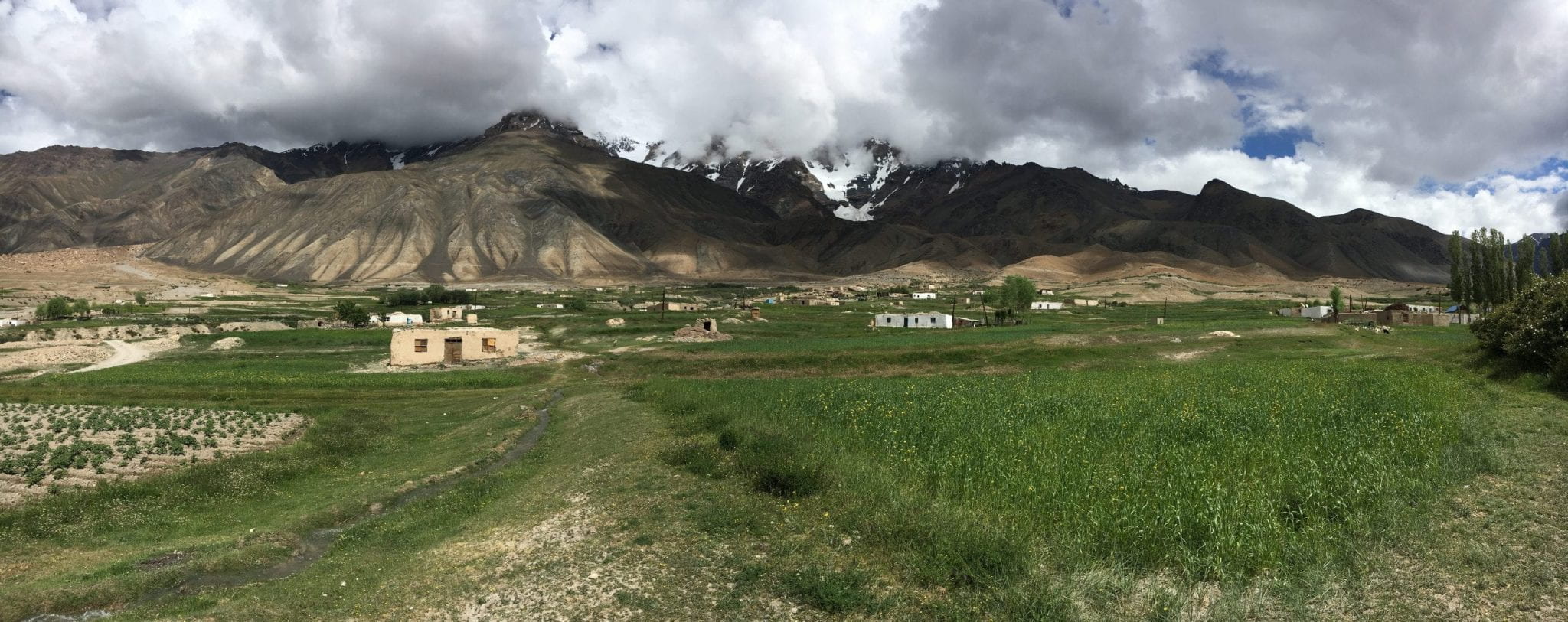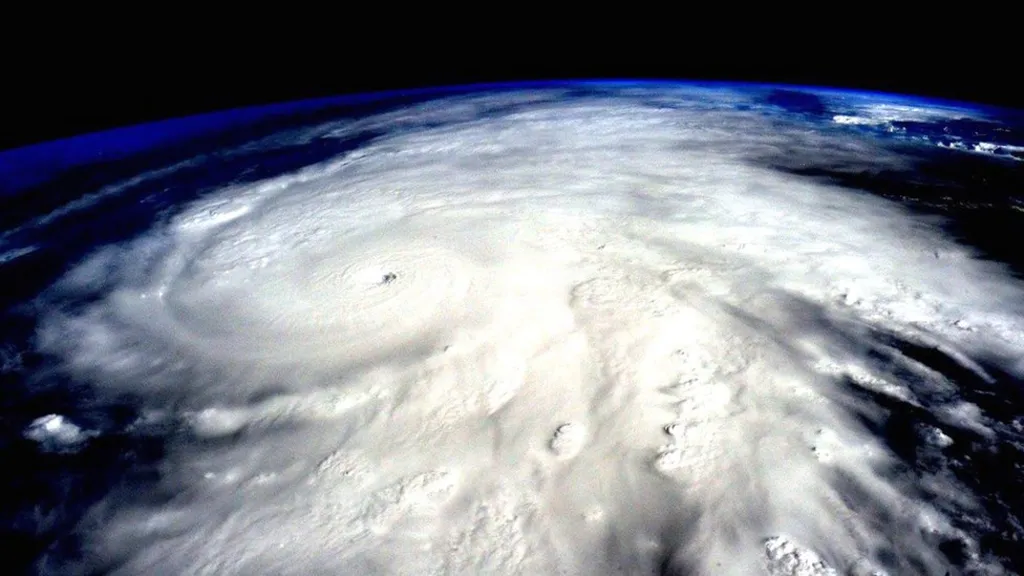Many cities suffer from high temperatures along their asphalt roads. As part of the efforts of the American city of Phoenix to reduce this phenomenon, Her municipality painted the paved surfaces with heat-reflecting materials instead of storing them. She then launched a project to collect data and assess the feasibility of the operation.
The expansion of the urban environment has brought about a significant rise in temperatures, Climate change has also become an urgent global challenge. As surfaces paved with impermeable or impermeable materials such as asphalt concrete absorb heat during daylight hours, And store it to free it all night, In a cyclical process that makes cities hotter than neighboring rural areas with what is known as the "urban thermal island" phenomenon.
In the city of Phoenix, Arizona, USA, paved roofs constitute about 40% of the city's area, It is a major cause of the urban thermal island phenomenon and the accompanying high temperatures, Nightly rises cause increased energy consumption, greenhouse gas emissions, air pollution and other environmental challenges. This requires the concerned authorities to develop strategies aimed at mitigating the increasing temperatures and reducing their storage in asphalt surfaces such as roads, sidewalks and parking lots. It also calls for empirical and analytical studies to evaluate the effectiveness of these strategies.
Recently, Phoenix has been coating floors with a material that reflects solar radiation instead of storing it. It has a lighter color than traditional asphalt, To reduce the amount of heat absorbed by the sidewalks, Thus adjusting the temperature. The City of Phoenix chose this strategy as part of the pilot test of the "Cold Roads" program. I used GuardTop's CoolSeal product to paint a distance of about 58 kilometers distributed over the main areas of the city after choosing a neighborhood in each of them. Besides a parking lot.
The Phoenix Department of Transportation then collaborated with the Rob & Melanie Walton Center for Sustainable Solutions at the University of Arizona to evaluate the test. She hired several university researchers to participate in the study. The assessments included monitoring temperatures in the experimental neighborhoods on different days and times over the course of a year to determine the effects of paint on temperatures under various climatic conditions. To achieve this goal, Several types of platforms and sensors were used to collect data analyzed in real time in Arizona State University laboratories.
The team supervising the experiment piloted a mobile biometeorological vehicle through 3 treated neighborhoods and compared the unpainted roads. These vehicles measured air temperature, relative humidity, wind speed and direction every 45 to 60 seconds at predetermined points. It also included a measure of radiation of all kinds, Such as shortwave radiation such as visible sunlight and ultraviolet rays, Long waves, such as heat emitted from hot surfaces. In addition, The vehicles are equipped with responsive thermometers capable of detecting air temperature at an altitude of about two meters from the surface. The bottom of the trolley is installed an infrared meter, It is approximately 30 centimeters from the ground and measures surface temperature. These instruments continued to record temperatures with a difference of seconds between each reading, This is for 4 hours a day distributed over different periods, It is before sunrise and in the afternoon, and beyond, And after sunset.
For long-term assessments, Tools have been developed to measure performance indicators over a period of 7 to 10 months, Such as sensors that are installed inside the sidewalks at a depth of about two and a half centimeters in 10 different locations to monitor temperatures under their surfaces. In the final stage, The main findings of the research were organized into 3 categories according to the type of field study and important temperature scales.
At the end of the experiment, The results showed that the treated surfaces were a few degrees less hot than the untreated ones on the Fahrenheit scale. Which confirms that it is less absorbing solar radiation. In the same vein, The air temperature at an altitude of two meters above the treated surfaces was lower than the untreated surfaces, This mitigates the thermal effect of the "urban thermal island" phenomenon at night. For temperatures under surfaces, The results showed that the treated surfaces are also less hot.
While the majority of Phoenix residents are satisfied with the project, Some of them differed opinions about the aesthetic appearance of the sidewalks after dyeing them and the consequent negative impact on real estate values, Some also expressed future challenges in the form of questions about the longevity of the paint and the impact of friction of painted surfaces with moving road elements such as cars, bicycles and pedestrians. The study recommended continuing tests, painting new methods and providing guidance to reduce surface damage and tire effects on paint. Conduct more comprehensive assessments involving the energy, water and health sectors.
Through this project, The City of Phoenix Municipality was able to reduce temperatures and improve the age and performance of roads, It has also achieved success in reaching the largest area of treated surfaces in the world.
References:






